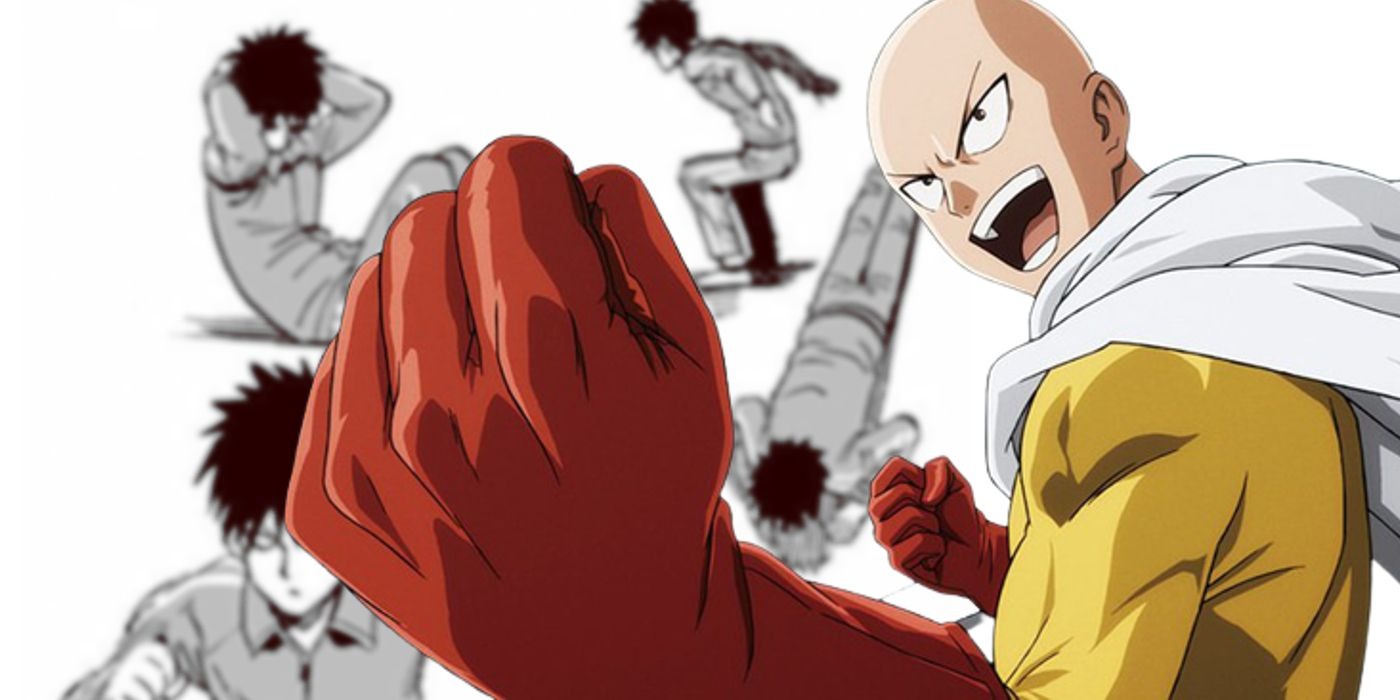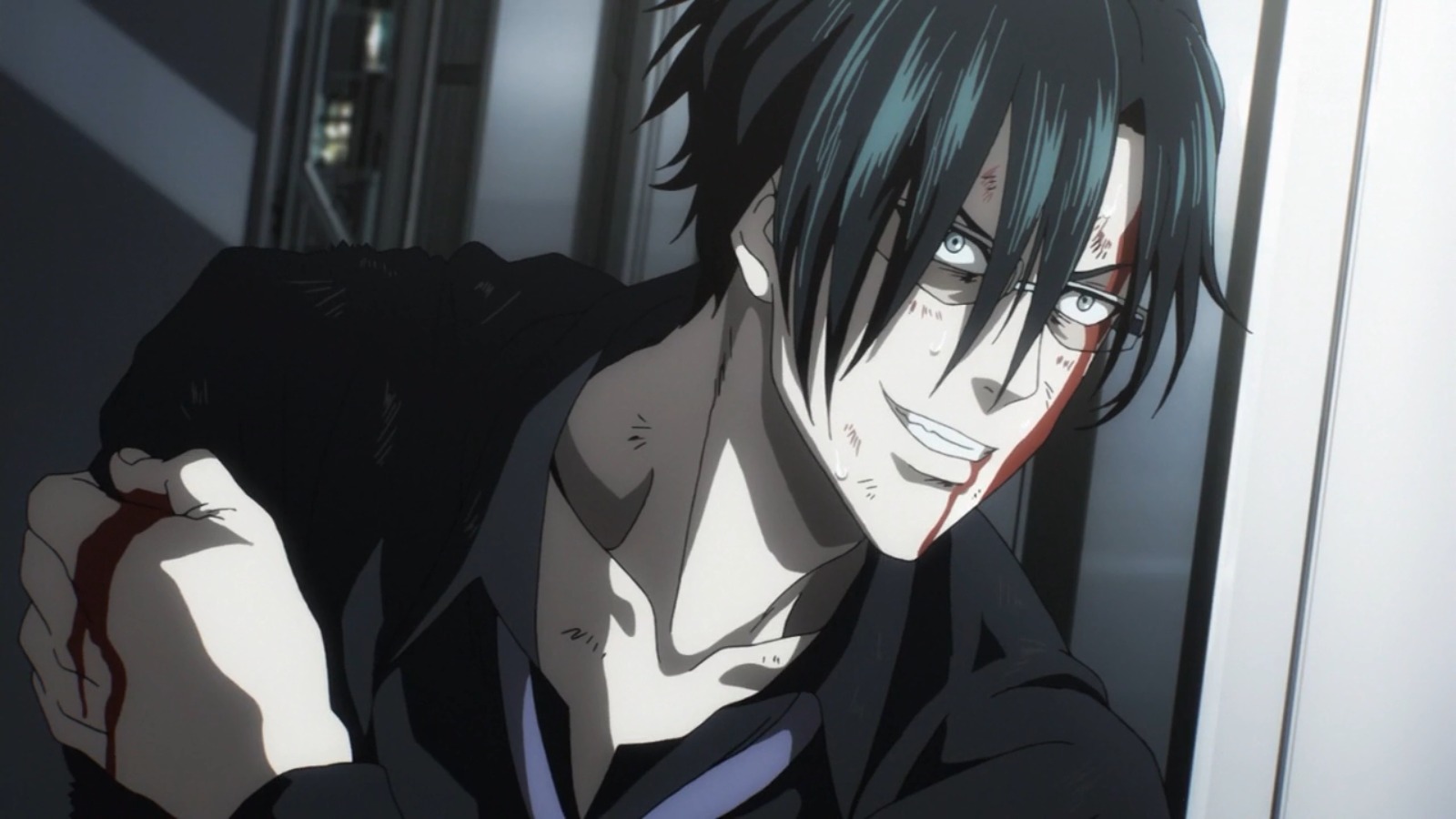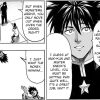Fictional characters in various universes often possess distinct methods of harnessing energy or power, each system defining their abilities and limitations. A few well-known examples include Chakra from Naruto, Nen from Hunter x Hunter, Quirks from My Hero Academia, and Ki from Dragon Ball.
The power structure in One Punch Man revolves around a concept known as the limiter. Every individual in this universe is born or created with an inherent ceiling to their strength, determining their maximum potential regardless of how much they train or improve.

No matter the level of dedication or experience they acquire, their growth eventually reaches a stopping point. Certain characters, particularly some of the S-Class heroes, possess a limiter that is naturally set higher than the average person, granting them exceptional abilities beyond others in their world.
The origins of limiters remain a topic of debate. One perspective suggests they have always existed, similar to how humans in real life have natural limits.
Another theory, put forward by Dr. Genus, proposes that God imposed these restrictions on humans to provide them with purpose, motivation, and a sense of direction while maintaining a level of control.
This notion aligns with Saitama’s existential crisis after surpassing his limiter, as he struggles with finding meaning in his actions.
Breaking the Limiter
There are ways to modify one’s limiter through transformations, divine intervention, or special abilities. Metal Bat’s fighting spirit and Phoenix Man’s resurrection are examples of unique techniques that affect their growth. However, these modifications only enhance the limiter rather than completely remove it.
True limitless potential requires breaking past this restriction entirely. Achieving this feat is exceedingly rare, with most considering it an impossibility. Saitama stands as the prime example of someone who shattered his limiter.
Despite beginning as an ordinary individual with no extraordinary talent, he exceeded every expectation through a seemingly simple training regimen combined with consistent hero work. As a result, his strength continuously increases without any upper boundary, expanding at an unstoppable rate.
Psykos conducted extensive research on the subject and theorized that exposing oneself to near-death experiences repeatedly could force the body to surpass its constraints. Orochi’s transformation from a human into one of the Monster Association’s most formidable beings was a direct result of this method.
Similarly, Garou exhibited signs of breaking his limiter, demonstrating gradual progression beyond conventional limits.
Hero Classes, Rankings, and Threat Levels
Heroes, monsters, and threats are categorized based on their power and overall impact. Registered heroes are classified into four tiers, each representing an increase in prestige: C-Class, B-Class, A-Class, and the highest, S-Class.
Advancement within these rankings depends on various factors, including perceived strength, public recognition, contributions to hero work, reputation, and time spent climbing the ranks. Although rankings serve as an indicator of status, they are not always an accurate reflection of power.
For instance, Captain Mizuki, despite being ranked 71st in B-Class, performed better than several higher-ranked A-Class heroes when facing Rhino Wrestler.
Threats posed by monsters and other entities are categorized into specific disaster levels
Wolf: A potential threat with an unknown degree of danger.
Tiger: A danger that could affect a large population.
Demon: A menace capable of destroying an entire city.
Dragon: A catastrophic force that endangers multiple cities.
God: A global threat that could lead to humanity’s extinction.

The Hero Association assigns these designations based on the perceived level of danger a monster or event presents. However, their assessments are not always accurate, as demonstrated with Withered Sprout. Initially considered a Wolf-level threat, further examination suggested it could pose a Dragon-level risk.
If disaster levels are disclosed directly to the audience rather than through the Hero Association or other characters, they can generally be regarded as reliable. For example, when a classification is provided without in-universe bias, it holds greater weight.
To establish a correlation between heroes and threat levels, the Hero Association asserts that an S-Class hero should be capable of single-handedly defeating a Demon-level threat, while an A-Class hero should be able to handle a Tiger-level opponent independently.
This guideline is not consistently reliable, as some S-Class heroes have struggled against Demon-level adversaries, and certain A-Class heroes have faced difficulty against Tiger-level threats. On the other hand, there are instances where lower-ranked heroes have defeated opponents categorized at much higher levels, demonstrating that classifications are not absolute.
Both heroes and villains place considerable importance on these rankings, leading to frequent miscalculations regarding their abilities and those of their opponents throughout the series.
Additional Insights
Shattering a limiter does not grant unlimited strength from the outset, but rather the capacity for limitless growth and boundless potential. Those who retain their limiters will always face restrictions, whereas those who surpass them will continue evolving indefinitely.
Willpower plays a fundamental role in One Punch Man, functioning almost as a power system in itself. Many abilities and feats are closely tied to sheer determination, allowing individuals to resist telekinesis, enhance their strength or durability on demand, achieve sudden bursts of power, bring others back from the brink of death, or even trigger seemingly supernatural occurrences.
Faith and determination alone can drive characters to remarkable heights within this universe.


